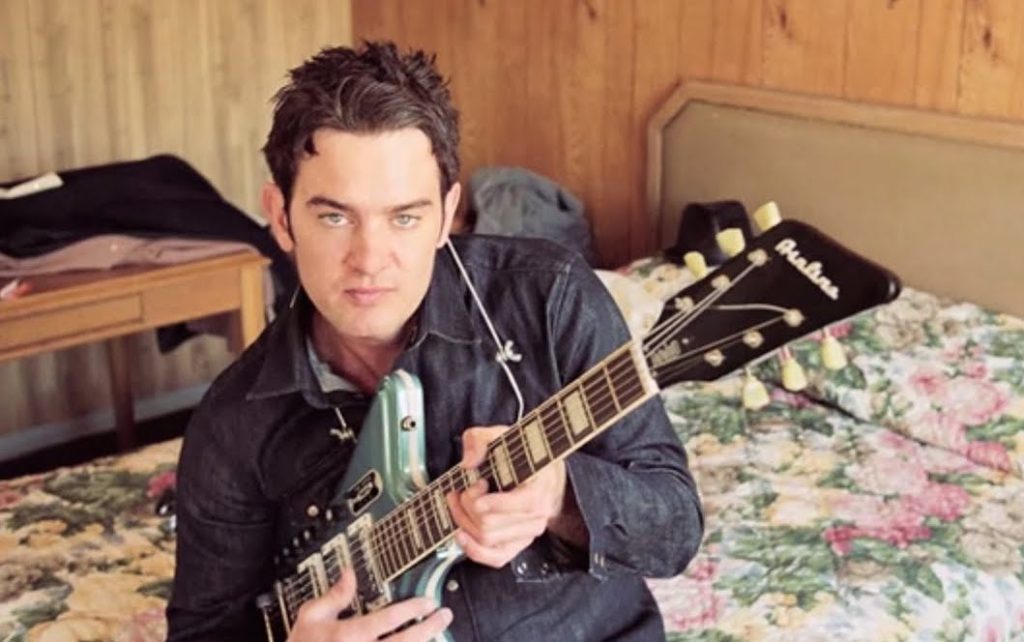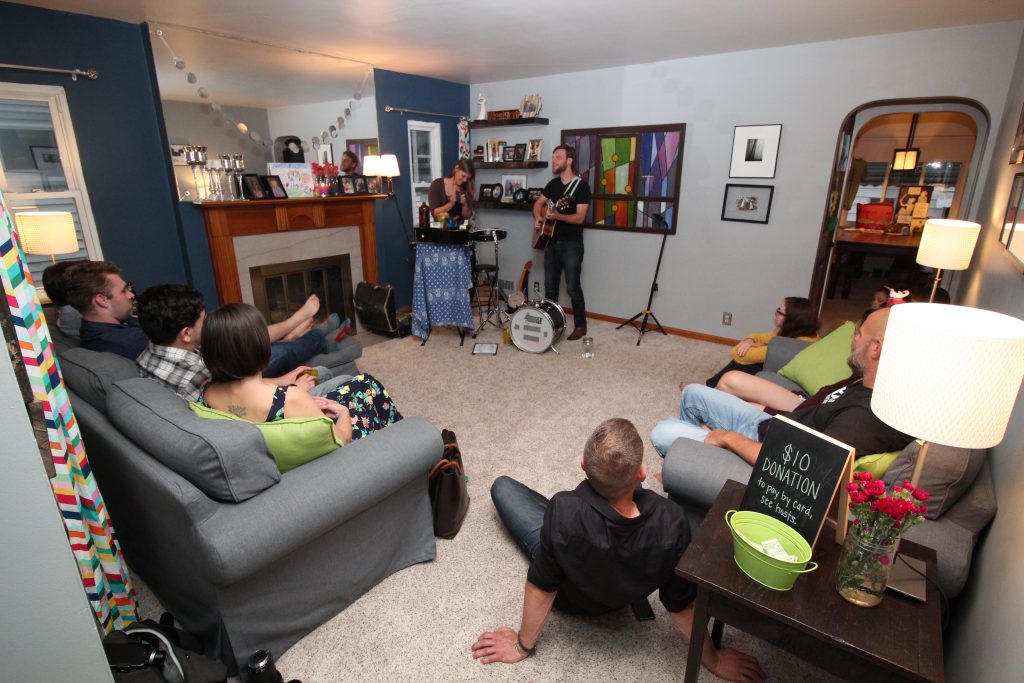Originally published in the September 2018 issue of (614) Magazine

Cars are commodities mass-produced by the millions. But once they roll off the showroom floor, they take on a life of their own. Each ding or dent tells a story, from original owner to everyone who eventually sits behind the wheel.
But for some, those tales get much more detailed, blurring the line between eclectic transportation and traveling exhibition. They’re called “art cars”, and those who create them are part of a growing movement that is increasingly impossible to ignore.
“All around the world and throughout time, there have been decorated vehicles—from gypsy wagons, or the decorated trucks of Pakistan, to the buses of Haiti,” explained Greg Phelps, who is currently driving his third art car. “But they really didn’t take off in the US until the ’70s when people first started to glue on their cars, turning them into more than just a metal canvas.”
Phelps got his start in 1997 with a Mazda Miata featuring a two-dimensional design, but it wasn’t until a couple years later after a conversation with another local artist that he took his design to the next level.
“Ramona Moon had been gluing on her cars out in San Francisco before moving back to her hometown of Columbus,” he recalled. “That’s when I first realized you could effectively attach elements to your car, and I haven’t stopped since.”
Silicone is the adhesive of choice for many art car creators—flexible enough for daily driving, yet durable enough for regular washing. Phelps plays it safe with an ordinary sprayer for occasional cleaning, but admits it takes a lot longer than you’d think to get the soap out of all of the “nooks and crannies.”
“I have a whole host of things on it, like a mohawk of Barbie legs as a tribute to the synchronized swim team at Ohio State,” he explained. “The mirrors on the rims have survived five years of Ohio winters.”
Creativity is often contagious, and just as Phelps was inspired decades ago, he too continues to recruit, working with local high school and college students to create their own incarnations. You’ll find a few artfully adorned golf carts zipping around the campus of Ft. Hayes. Collaboration with an OSU sculpture class even led one student to do her Masters thesis on the cultural phenomenon.
“I often tell parents to encourage their new teenage drivers to create one,” he said. “It lets them be rebellious, but remain conspicuous. You can’t drive aggressively or cut people off in an art car.”
Road rage is a foreign concept for those rolling around in vehicles covered in colorful plastic doodads. Smiles are expected at a parade, but even police can’t contain their grins as he putters past. So long as he’s not speeding and nothing falls off, law enforcement pays him no mind.
“I honk and wave whenever I see police officers,” he said. “It’s not like I could get away with robbing a bank in it.”
The quirky creations aren’t just child’s play, though a love of toys and a stash of little pieces and parts doesn’t hurt. Phelps can still spot an easy mark, like Jason Williams, owner of Big Fun, the Short North shop notorious for nostalgia. His unmistakable Volkswagen Vanagon turned Star Trek shuttle craft is as meticulous and mesmerizing as his store.
“I gave him that first tube of glue and a caulking gun as a challenge,” he quipped. “Now his entire roof is this epic history of politics and conflict told through plastic figures.”
Phelps’ own car is more autobiographical, including subtle nods to fellow art cars he admires. The exterior accessories are too difficult to transplant from one car to the next, but his “Deities of the Dash” representing the world’s major and lesser-known religions does migrate from one project vehicle to its successor.
There are often lingering misconceptions about the movement, like the idea that owners are simply attention seekers.
“It’s actually the opposite. I want to give people attention,” Phelps noted. “There are few things that can draw strangers together into a shared conversation faster than standing around an art car.”
Though many have high miles, they aren’t all “beaters” someone decided to repurpose after years of neglect. Most start as reliable models that are easy to maintain, to avoid all of that effort meeting an early end. But even the best cars never last forever.
“I donated my first car to the Kentucky Museum of Art and Craft in Louisville, which has a collection of art cars,” he revealed. “The second, I donated to Open Heart Creatures. It had nearly 200k miles on it.”
Given his ideal afterlife, Phelps said he wouldn’t mind his current car becoming part of the collection of local art on display at the Greater Columbus Convention Center—preferably suspended from the wall or ceiling—joining “As We Are”, the giant selfie LED head, as one of the city’s most photographed art installations.
Until then, art cars are already attracting plenty of attention at Hot Times, the annual community arts and music festival in Olde Towne East. The dozen or so local creations are joined by almost as many from surrounding states, enough to earn some international interest as well—most notably Haider Ali, renown Pakistani truck artist.
“He created a truck for the Smithsonian’s Silk Road exhibit in 2002. I saw it when I was in DC and it blew me away. I looked him up on Facebook a few years ago and we became friends,” Phelps recalled. “Last year, he came to Columbus and painted a vehicle for the CRC [Clintonville–Beechwold Community Resources Center] which they use to transport senior citizens to their doctors appointments. He loved it so much, he returned this year and painted a passenger van they use to take seniors to the grocery store and social gatherings.”
You’d think Phelps would be overly protective of his autodidactic art exhibition, but he’ll still let valets park it, and does so often. He’s found it’s the easiest way to get a prime parking space for curious onlookers and as a popular backdrop for photographers and impromptu portraits.
“Valets always treat it with great care, as if it were an exotic sports car,” he chided. “I get the best spot and people will walk past a Lamborghini to check out my Nissan. I call it ‘carma.’” ▩
For details on the Hot Times Arts & Music Festival, visit hottimesfestival.com.


